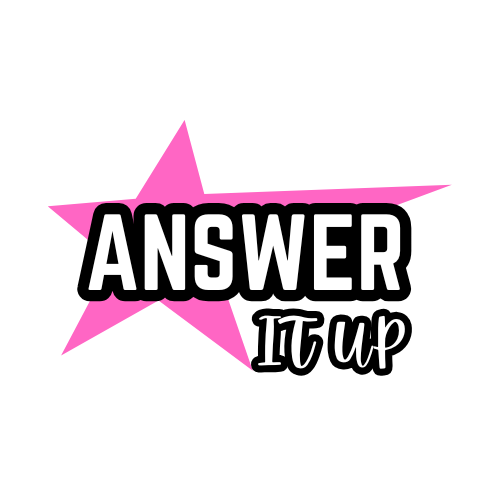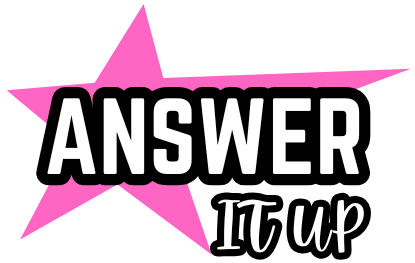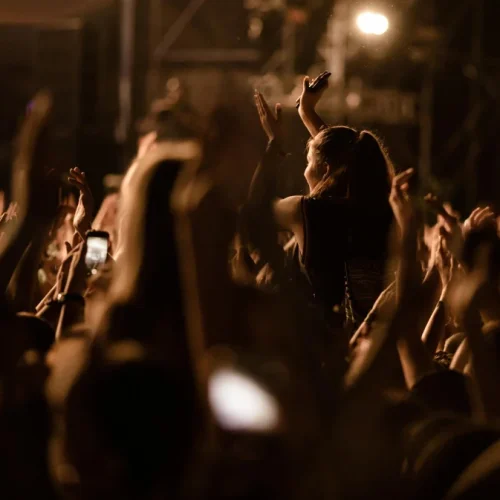Have you ever found yourself staring at a message that reads “Happy Holidays!” or “Eid Mubarak!”—and you’re unsure how to respond without sounding like a broken record?
You’re not alone.
Festive greetings are lovely gestures, but replying with the same dry “Same to you!” can feel robotic and impersonal. Whether you’re engaging with friends, colleagues, or clients, your response is a reflection of your personality, culture, and sometimes even your professionalism.
As someone who has worked with international teams and clients across Australia, Dubai, and the U.K., I’ve learned that festive replies aren’t just about politeness—they’re an opportunity to connect.
Let’s explore how to respond to festive greetings with grace, warmth, and personality.
Why Thoughtful Responses Matter
Responding to festive greetings isn’t just a social obligation—it can:
- Strengthen personal and professional relationships
- Show cultural awareness and sensitivity
- Open the door for deeper conversations
- Help build your brand voice in written communication (especially for businesses)
A Missed Opportunity or a Memorable Moment?
Think of a generic “Thanks, same to you” as a closed door. Now imagine replying with:
“Thanks so much! Are you doing anything special for the holidays?”
This small tweak invites engagement. It makes the conversation flow.
Tailored Responses for Common Festive Greetings
1. “Merry Christmas!”
Professional response:
“Wishing you and your loved ones a peaceful and joyful Christmas. I hope it’s filled with everything that brings you happiness.”
Casual response:
“Merry Christmas to you too! Hope you’re enjoying the mince pies and cheesy jumpers!”
2. “Happy New Year!”
Warm and reflective:
“Thank you! Wishing you a wonderful year ahead, full of joy, growth, and great memories. Any big goals for this year?”
3. “Eid Mubarak!”
Culturally aware reply:
“Eid Mubarak to you and your family! May this special day bring peace, joy, and prosperity.”
Personal variation:
“Hope your day is filled with love, laughter, and maybe too much biryani!”
4. “Happy Diwali!”
Professional setting:
“Wishing you a bright and prosperous Diwali. May light always guide your path.”
Informal tone:
“Happy Diwali! Hope your celebrations are lit—literally and figuratively.”
Real-World Examples: What Worked (and Didn’t)
I once worked with a team in India during the Diwali season. I casually replied “Thanks, same to you” to a warm greeting from our team lead. Later, a colleague mentioned that personal touches go a long way in their culture.
So next time, I added:
“Thank you! Hope you’re celebrating with lots of sweets and good vibes. Any favourite traditions?”
The reply? A 3-paragraph message about her family’s rituals. That response sparked a conversation that eventually built trust—and collaboration.
Expert Insight: Communication Consultant Speaks
Dr. Helen Atkinson, a UK-based communications expert, emphasises the power of personalisation:
“Festive greetings are an invitation, not a conclusion. When you respond with something thoughtful or curious, you transform a one-way message into a two-way exchange.”
She adds that the key to memorable communication lies in empathy and engagement.
How to Craft Your Own Thoughtful Reply
Step 1: Match the Tone
Is the greeting formal, cheerful, humorous, or heartfelt? Match your reply accordingly.
Step 2: Add a Personal Touch
Ask a question, make a cultural reference, or acknowledge a shared experience.
Step 3: Be Timely
Don’t wait three days to respond—it loses relevance.
Step 4: Use Their Name (If Appropriate)
“Thanks, Sarah! Hope you have a magical Christmas.”
Common Mistakes to Avoid
- Too Generic: “Same to you” every time becomes noise.
- Copy-paste syndrome: Reusing replies word-for-word across different chats or emails.
- Overthinking: Trying too hard can make your message feel forced.
- Ignoring culture or faith: Always consider whether the greeting is religious, secular, or cultural.
Template Bank: Quick Yet Thoughtful Replies
| Occasion | Quick Response |
|---|---|
| Christmas | “Thanks! Wishing you a festive and peaceful Christmas—any favourite traditions this year?” |
| New Year | “Here’s to new adventures and fresh starts. Have you set any resolutions?” |
| Eid | “Eid Mubarak! May your home be filled with laughter and light.” |
| Diwali | “Happy Diwali! Wishing you lots of love, laddoos, and laughter.” |
| Hanukkah | “Wishing you eight days of light, love, and joy—Happy Hanukkah!” |
FAQs:
Q1: Can I just use emojis for replies?
Yes, for casual chats. A “🎄🌟” is often enough with close friends. But for work or mixed company, pair emojis with a short message.
Q2: What if I don’t celebrate that holiday?
Respectfully acknowledge the greeting without pretending. For example: “Thank you! Wishing you a joyful celebration with your family.”
Q3: Do I need to reply to mass messages or group greetings?
A simple group reply is polite: “Wishing everyone a lovely celebration and a restful break!”
Q4: Should businesses reply to festive messages from clients?
Absolutely. It’s a relationship builder. Use a warm, brand-aligned tone.
Q5: Is it okay to send late replies?
Better late than never. Add a light-hearted note: “A little late, but the wishes are just as warm—Happy Holidays!”
Final Thoughts
Festive greetings aren’t just niceties. They’re tiny doorways to deeper connection. Whether you’re replying to a friend, a client, or someone new, your words carry weight.
So next time you receive a cheerful “Happy Holidays!”—pause, smile, and reply with heart.
What’s your go-to festive reply? Share it in the comments—I’d love to steal it (with credit, of course).
You can also learn about specific carnivals responses like Gawai Day or Hump Day with Answer it Up.









